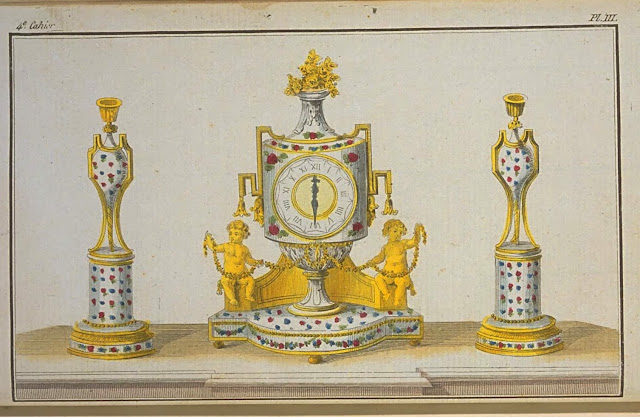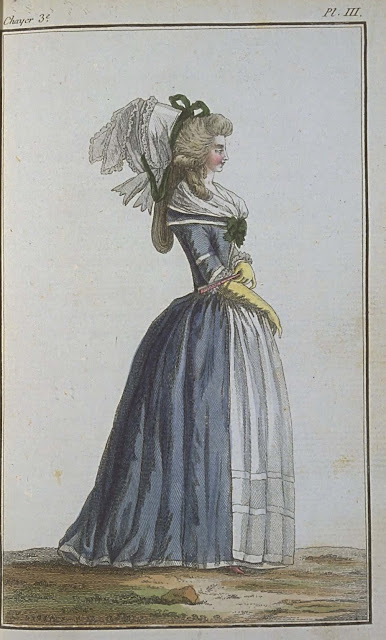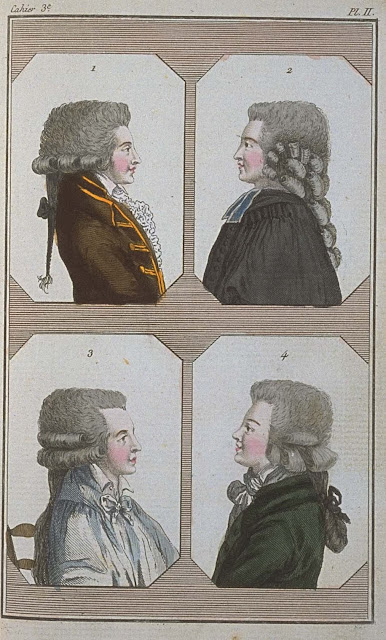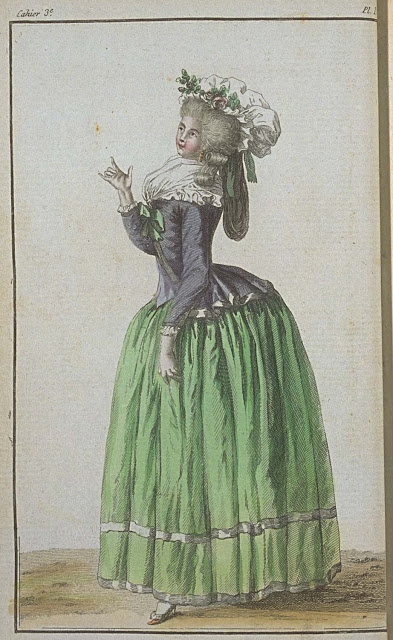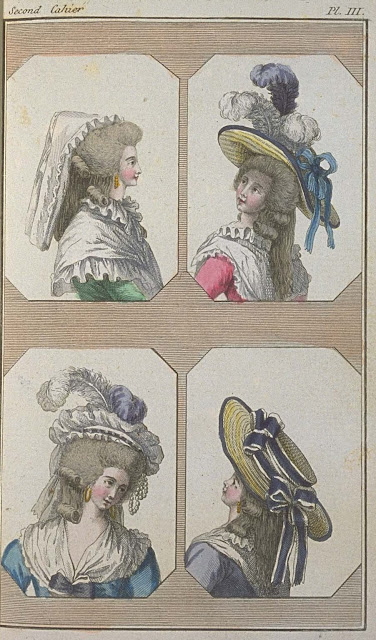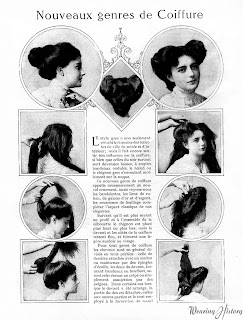Cabinet des Modes, 5e Cahier, 3e Planche

PLATE III. It represents another bed in Preacher's Pulpit shape, à la d'Artois , seen in profile. The Wood, the curtains, the panaches are the same. In place of the iron Curves, there are rising columns which support the dome. The Cap is surmounted by a vase. The Cornice, together with the headboard, is sculpted in another fashion. The background of the headboard is grey, with a medallion in the middle, in the shape of a cartouche, decorated by sculpture, surrounded by a garland to which is attached a ribbon which supports a basket of flowers. Fans could choose between the two Beds, which are of the newest taste. The Curtains, Draperies, Testers can be made not-only in mottled gros de Florence , but in French or Indian damask, in satin, lampas, and taffeta of all sorts of colors. The wood of the bed, the headboards, the columns, the cornice of the Preacher's Pulpit Bed, could be made also in beech wood, but walnut is preferred as the most...


